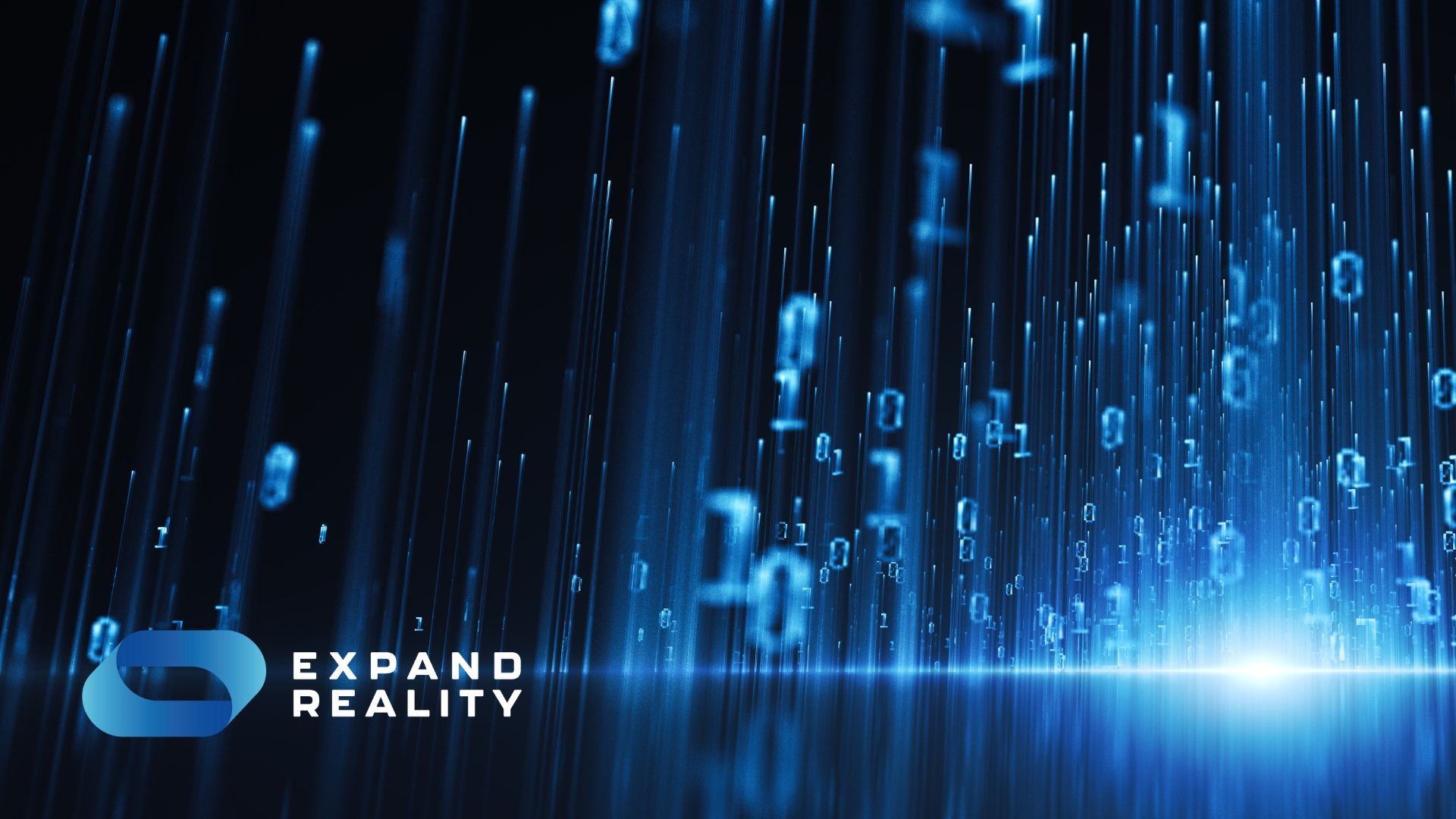hello@simplyvideo.io
An introduction to IIoT: the Industrial Internet of Things
Many of us have encountered the Internet of Things in a domestic setting – but it's also transforming industrial processes. Learn how in our quick guide.

The Industrial Internet of Things is changing the way manufacturers do business. But what is it, exactly?
To answer that question, we need to zoom out and get a bird's-eye view of the Internet of Things itself.
The Internet of Things – or IoT – is a network of interconnected devices and machines that transmit data and communicate with each other. If you're operating your thermostat from a phone app or asking your digital home assistant for a weather report, you're participating in the Internet of Things.
The Industrial Internet of Things (IIoT) is this but in an industrial setting. Sensors and other connected devices are used to gather data in real time. This data is then used by manufacturers to make important business decisions.
The phrase "real time" is crucial to understanding the value of this technology. It remains to be seen whether machines are always better at
analysing data than humans – but they're certainly better at gathering it.
Sensors don't need downtime. They're able to capture and transmit data around the clock. This has obvious advantages for enterprises of all kinds.
What are the advantages of the IIoT?
The benefits of the IIoT are far-reaching. It has the potential to enhance everything from maintenance to field service, from asset tracking to workplace safety.
Edge devices can capture information about machine performance. This makes it easier to predict when a machine will need checking or repairing. It means that maintenance can be scheduled and automated with a greater degree of accuracy.

The same goes for facilities management and inventory checks. The IIoT gives managers a wider field of vision, if you like – greater visibility into the day-to-day running of their facilities.
Finally, these sensors can monitor risks. Industrial environments can be hazardous – there's a reason why so many tech solutions for manufacturing are "ruggedised". The IIoT can spot hazards faster and more efficiently than humans – and in the process keep humans safe.
Taken individually, these benefits all have the capacity to lower your operational overheads. Together, they can unlock big savings.
What does the IIoT consist of?
Today's networks are complex. Your enterprise will, at the very least, have one comprised of laptops, phones and tablets. The IIoT throws sensors, connected devices and even robotics into the mix.
Sensors can gather data on everything from temperature and humidity to the speed of production; from energy efficiency to traffic management. This gives you cold, hard facts about your working environment and industrial processes – facts that can generate insights.
Your sensors and other connected devices will transmit the data they've gathered to analytics software. This will give you instant actionable insights into productivity, efficiency and more.
Robots are nothing new in industrial environments – but today's robots can be part of this connected network of data transfer and analysis. You can check in at any time on a robot's performance and predict when it needs maintenance from a web console.
What's the link between the IIoT and Industry 4.0?
Keen observers of manufacturing tech may have come across the phrase "Industry 4.0". It's a phrase that's intended to capture the rapid advances in technology made in the 21st century – a fourth industrial revolution that includes artificial intelligence (AI), gene editing and advanced robotics.
What all these things have in common is the integration of conventional manufacturing equipment with intelligent technologies and devices that can communicate autonomously.
The phrase was coined by Klaus Schwab, founder and executive chairman of the World Economic Forum, who first used it in 2016.
In the manufacturing space, IIoT is a pillar of Industry 4.0. It rubs shoulders with augmented reality headsets, 3D printing, cloud computing and other tech solutions.

Many forward-thinking manufacturing enterprises, for instance, deploy assisted reality (aR) headsets and smart glasses. These overlay useful texts and graphics on a floating display in front of the frontline worker's field of vision. It means that essential information can be communicated without any cognitive overload.
Industry-leading aR devices on the market include the RealWear Z1, Moziware Cimo and Magic Leap 2.
These technologies often overlap. Headsets and sensors, for instance, are only possible because of cloud technology – and a 3D printer can be a device in the IIoT. But they're still distinct technologies that together underpin Industry 4.0.
What's next for the IIoT?
It's still early days for the IIoT. It seems likely, however, that adoption will ramp up in the coming years.
In manufacturing, speed is of the essence, so chances are that manufacturers will look to optimise their connected devices with super-fast 5G connectivity.
Digital twins will also become part of the furniture. These are virtual replicas of real-life machines and facilities. Companies can use them to run tests and gain insights into performance.
AI is already being used to predict maintenance issues and assist with inventory management. Going forward, it's likely to be used in tandem with digital twins to predict performance issues.
It will also be used to strengthen cyber security. As networks become more and more complicated, cyber security has to be ready to meet the challenge. In the IIoT, every sensor and connected device is a possible weak link in the chain.
AI has the potential to massively improve threat detection and response in complex networks – and in the process, minimise the risks of data breaches and denial-of-service attacks.
Conclusion
The Industrial Internet of Things is changing the way manufacturers work. It has the potential to create huge cost savings, make processes more efficient and keep frontline workers safe.
We're living through a fourth industrial revolution. The rate of change is impressive and a little daunting. The IIoT is part of a broader tapestry of smart solutions that are growing in complexity and effectiveness all the time.
Whatever happens next, we'll be here to give you the lowdown.
Expand Reality is a specialist retailer of assisted reality and
augmented reality glasses. To learn more, check out our product range or
visit our blog.

Contact Us
Connect global teams. Collaborate with remote experts. Streamline processes and unlock cost savings with industry-ready extended reality technology.
Contact Info
hello@expandreality.io
Gemini Business Park
Sheepscar Way
Leeds
LS7 3JB
All Rights Reserved | Expand Reality







